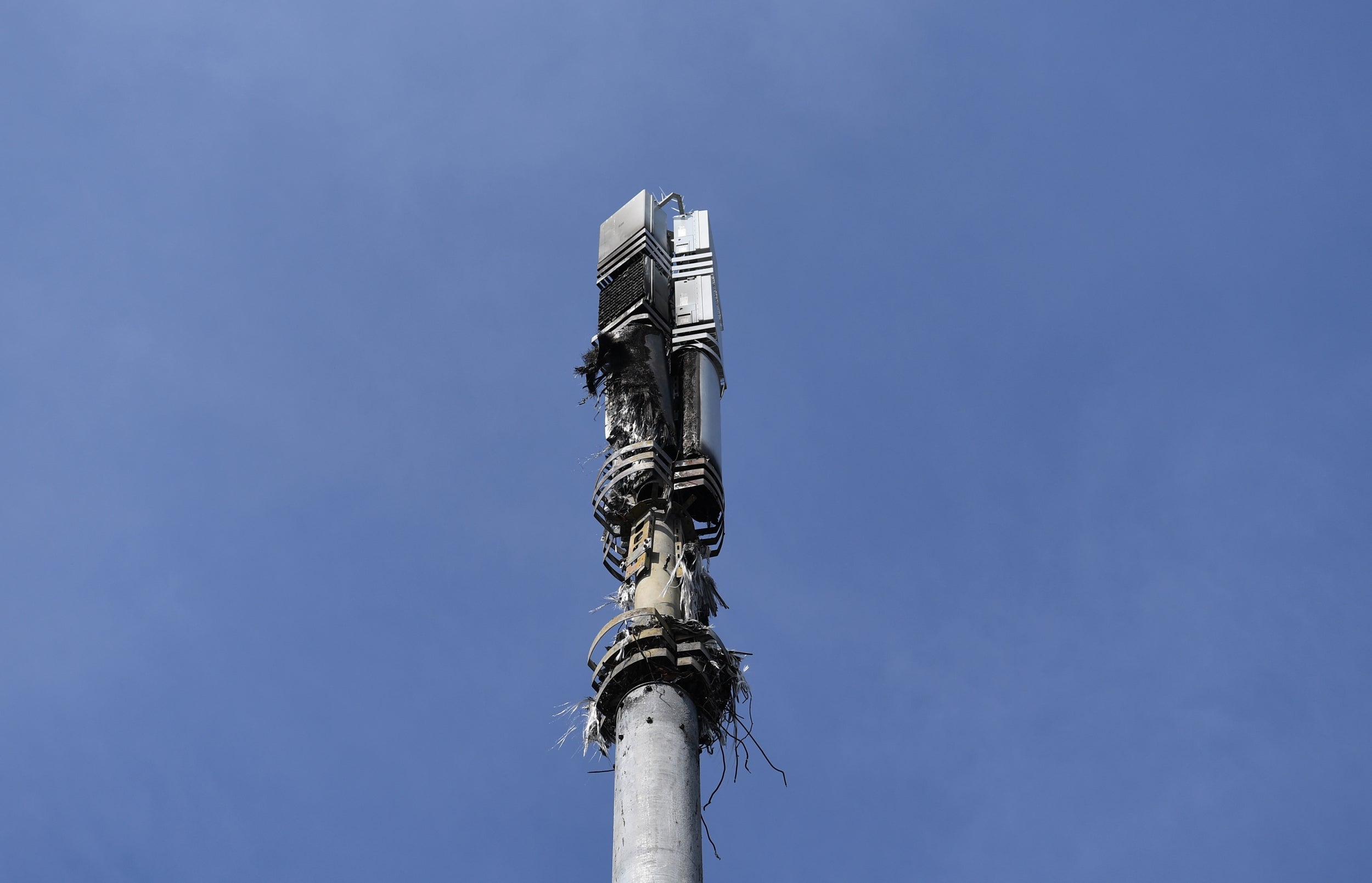Twitter will remove 'harmful' 5G coronavirus conspiracy theories
Tweets that could provoke 'widespread panic, social unrest, or large-scale disorder' will be deleted

Your support helps us to tell the story
From reproductive rights to climate change to Big Tech, The Independent is on the ground when the story is developing. Whether it's investigating the financials of Elon Musk's pro-Trump PAC or producing our latest documentary, 'The A Word', which shines a light on the American women fighting for reproductive rights, we know how important it is to parse out the facts from the messaging.
At such a critical moment in US history, we need reporters on the ground. Your donation allows us to keep sending journalists to speak to both sides of the story.
The Independent is trusted by Americans across the entire political spectrum. And unlike many other quality news outlets, we choose not to lock Americans out of our reporting and analysis with paywalls. We believe quality journalism should be available to everyone, paid for by those who can afford it.
Your support makes all the difference.Twitter will begin removing "harmful" conspiracy theories linking the roll out of 5G with the coronavirus pandemic, the company has announced.
Baseless claims that phone towers are emitting harmful radiation have spread across social media in recent weeks and inspired arson attacks on telecommunication infrastructure.
Twitter updated its guidance on unverified claims to include those relating to 5G misinformation and the Covid-19 coronavirus.
"We have broadened our guidance on unverified claims that incite people to engage in harmful activity, could lead to the destruction or damage of critical 5G infrastructure, or could lead to widespread panic, social unrest, or large-scale disorder," the company tweeted.
More than 2,230 tweets have already been removed for containing "misleading and potentially harmful content," though not all content falsely linking 5G to the deadly virus will be removed.
A spokesperson said: "We're prioritising the removal of Covid-19 content when it has a call to action that could potentially cause harm. As we've said previously, we will not take enforcement action on every tweet that contains incomplete or disputed information about Covid-19."
Security experts praised the initiative taken by Twitter but warned that there might be a risk of the algorithm used to censor such content being misused.
"As long as it doesn't get manipulated to quash free speech in the future, then this is a fantastic use of technology and will be used to thwart such ridiculous theories," Jake Moore, a cyber security specialist at the antivirus firm ESET, told The Independent.
"Twitter has a long history of being trailblazers in such areas so hopefully we will see other social media platforms take the same stance on such a hot topic."

Twitter was among several tech platforms to join forces last month in an effort to "jointly combat fraud and misinformation" about the coronavirus.
The group, which included Facebook, Google and Twitter, stated that the aim of the collaboration was to elevate authoritative content and share critical updates in coordination with government healthcare agencies.
Despite the attempted crackdown, misinformation has managed to proliferate online, with some Facebook groups promoting 5G conspiracy theories attracting tens of thousands of members.
Scientists have consistently disproved any theories connecting the next-generation mobile technology to health risks.
Join our commenting forum
Join thought-provoking conversations, follow other Independent readers and see their replies
Comments